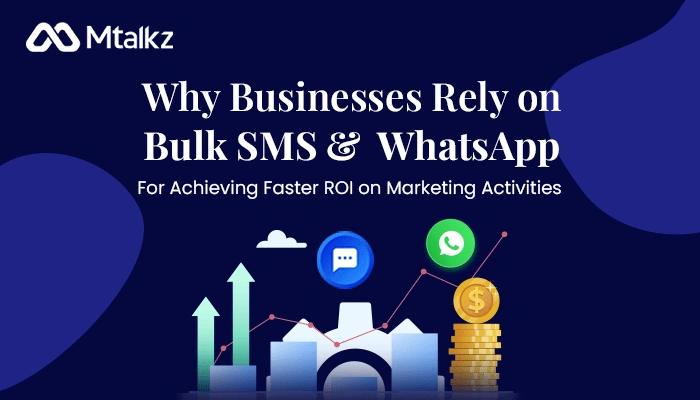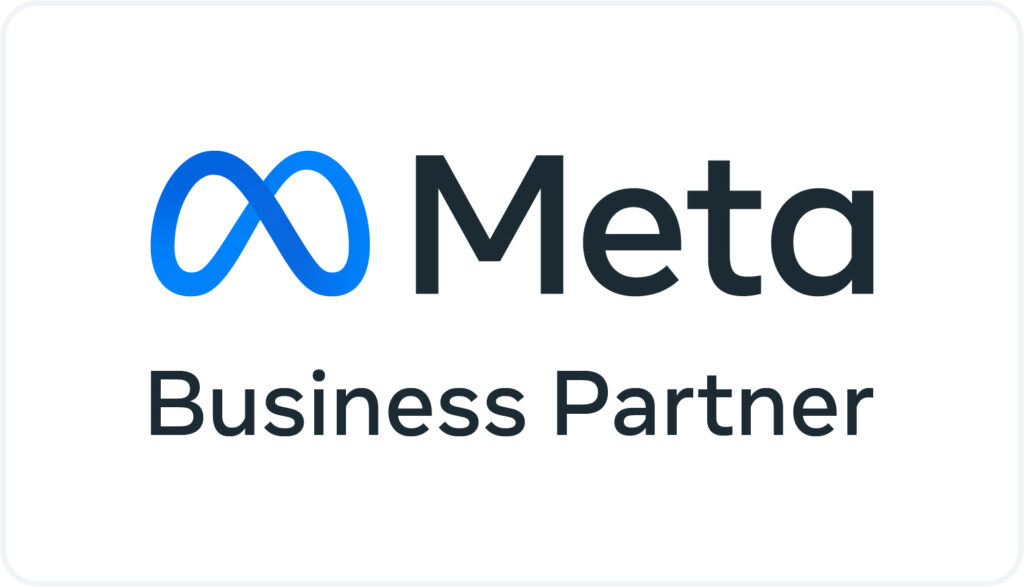It’s no wonder that marketing automation is becoming more popular among colleges and universities day by day. The marketing automation platforms that can entirely revolutionise student recruitment activities provide multifunctional solutions that can help scale your operations, boost personalisation, and track engagement.
While most marketing automation tool systems have similar fundamental functions, the actual challenge is deciding on automation and then deciding on the correct tools and methods to do it. But, with so many alternatives available, what is it that makes you want to make this decision in the first place?
Let’s take a look at marketing automation for higher education.
The need for automation
The demand for higher education around the world continues to grow each day. According to World Report, the average enrollment rate for young adults has increased from 26% in 1980 to 41% in 2012. College costs have risen dramatically over time, and as a response, parents and students desire the greatest institution or college for the lowest tuition price. Higher education institutions now face competition because everything is now available online, including online schools and Massive Open Online Courses.
In order to acquire students, higher education institutions must become skilled in automated marketing strategies.
Institutions spend more to attract students.
The trend of higher education institutions spending more money on recruiting students than ever before is highlighted in the Inside Higher Ed article. The article has mentioned how schools historically have spent only 2% of their overall budget on recruitment and now forecast a massive increase in university recruitment.
Higher education costs will rise even more as the cost per application rises. This is because the rising expense of attracting new students forces institutions to maintain present students, just as getting new customers costs more than keeping old customers.
Increasing competition motivates schools to provide better educations to attract and retain students. It, however, instil a marketing mindset. Now, as many parents and most high school students are comfortable online, schools and universities are willing to devote a significant portion of their marketing budgets to online activities, as will all internet marketing and e-commerce.
Marketing starts with applicants.
Using the data, universities build applicant personas, fictionalised characters that represent their most typical applicants, their “ideal” new student applicants. Marketing departments use personas to create content and marketing plans for their real-life counterparts. The specifications differ depending on the university.
Students and their parents, just like consumers and B2B clients, look for information online before speaking with a consultant. According to LinkedIn, 72 % make a shortlist of institutions to which they want to apply before contacting any of them.
Universities hiring recruitment Managers
If higher education marketing is to succeed in the future, all marketers and admissions processes must collaborate. Students and their parents require new imaginative strategies to attract, engage, and convert them.
Actual student stories will become increasingly widespread and popular in recruitment marketing, according to higher education marketing trends. In consumer marketing, testimonials have always been effective. However, in B2B marketing, case studies or customer success stories are a prominent type of content.
Marketing automation choices
Marketing automation tool organises, tracks, and directs the various ways in which content can be used to nurture people from casual visitors to customers or university students. It targets high school juniors and seniors and their parents with the correct message at the right time, using blog entries, landing pages, thank you pages, email, and social network posts. To strengthen relationships, it employs personalisation and segmentation.
mTalkz is a well-known marketing automation tool. There are, however, many alternatives, all of which, except for WordPress, are proprietary, being less priced.








